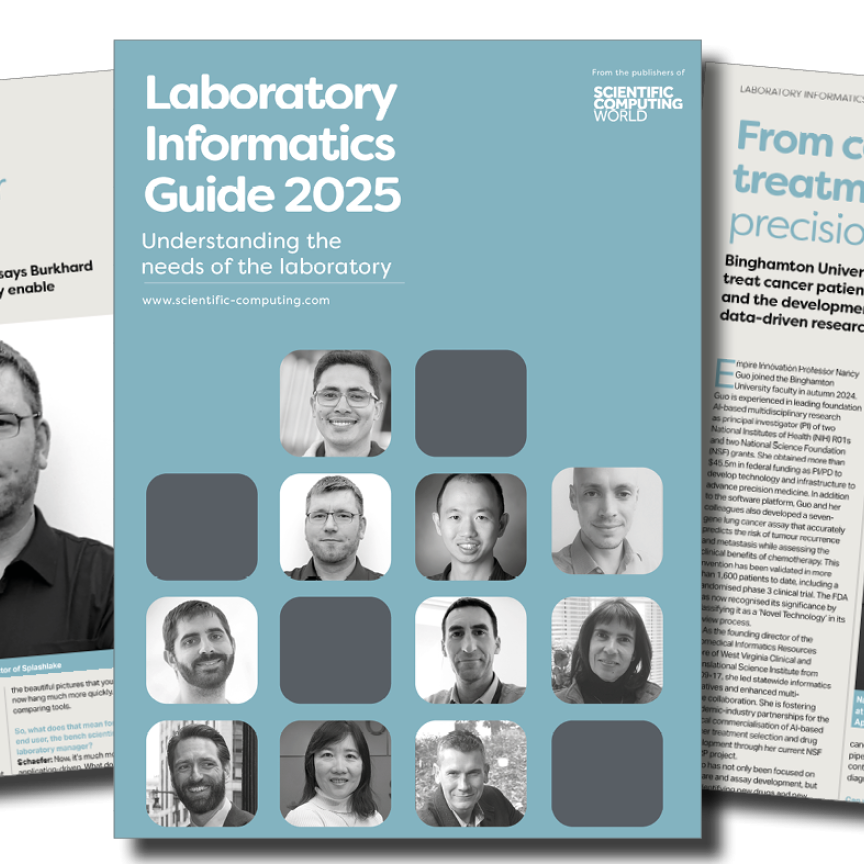The French National Institute for Agricultural Research is working with Hearne Scientific Software to develop simulation models to predict the potential distribution of invasive insect species.
These predictions, combined with dispersal capabilities, host-tree distribution and climate change, will enable the organisation to determine the most susceptible areas and help to improve management strategies.
The French National Institute for Agricultural Research is ranked number one among agricultural institutes in Europe and number two in the world. Research in this institute focuses on environment, land use, food and nutrition. About 10,000 researchers, engineers, technicians and administrative staff are working in 20 regional centres, 234 research units and 52 experimental units.
The Forest Zoology Unit located in Orléans (France) studies the mechanisms underlying insect expansion caused by human activity and environmental changes, especially global warming. Model simulations based on potential species distribution are required to predict the invasion risk of invasive insects, especially forest pests.
“The use of Climex and Dymex software has become necessary in our lab to determine the potential distribution of invasive insects at the European and world scale,' said Dr Alain Roques, head of the Forest Zoology Unit. 'These modelling techniques are complementary to mathematical models generally developed in our lab and their combination can provide highly relevant results about the effects of climate change.'
The Forest Zoology Unit is a partner in the EU project called PRATIQUE (Enhancements of Pest Risk Analysis Techniques). Pest risk analysts, phytosanitary experts, invasive alien species specialists, ecologists, economists and risk modellers from eleven leading institutes from across the EU, two international organisations, one institute from Australia and one institute from New Zealand are involved in this project. Sub-contractors in China and Russia are also part of the project. One of the project issues is to assess the risk and analyse management options in ways that are meaningful, reliable and take account of uncertainty. Another issue is to ensure that the PRA process is efficient and practical for end users.

